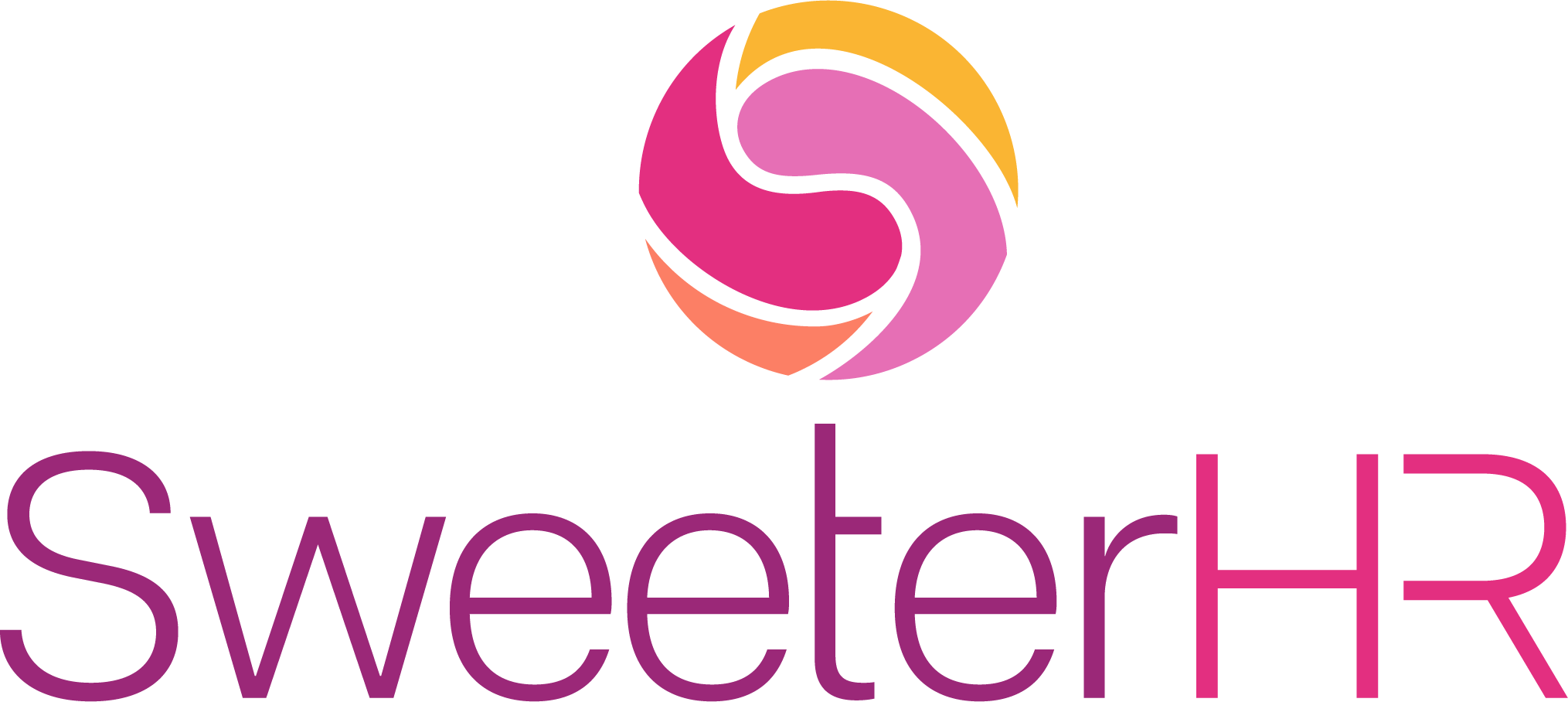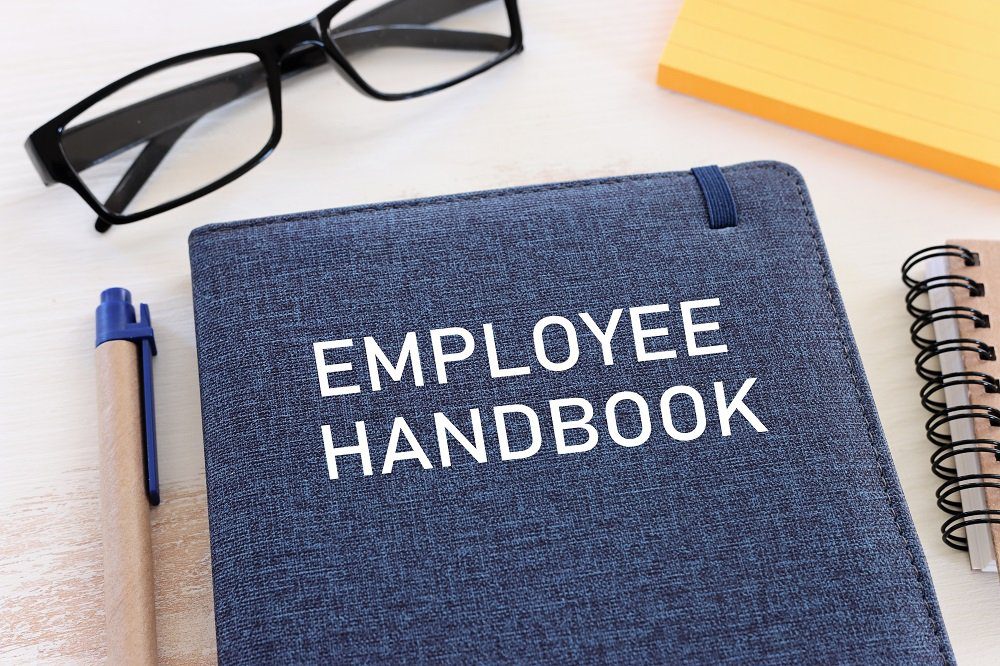Employee handbooks are a valuable resource and communication point between HR, the employer, and the employee. Handbooks provide information and guidance for new and existing employees in relation to the mission, values, benefits, policies and procedures of the organization. In addition, and perhaps most importantly, an employee handbook acts as a source of defense against any potential litigation or other legal trouble the organization or the employer may face regarding its employees in the future. As such, it is imperative to have your organization’s employee handbook reviewed, at minimum, annually by an employment or legal professional before distributing it to employees.
Documenting the organization’s compliance with federal and state laws and regulations should be the number one priority when crafting an employee handbook. According to the Society for Human Resource Management (SHRM), one of the largest mistakes many human resource professionals make when creating their employee handbooks is to simply insert their company’s name throughout a template without tailoring its language to fit the federal, state, or even county law and regulation requirements. For states like California which has extensive state and county laws and regulations, it is even more important to tailor the employee handbook accordingly (SHRM, 2021).
Employers should make a habit of reviewing their employee handbooks, at minimum, annually. Employment laws, particularly laws on the local and state levels, are constantly changing and therefore should be consistently reviewed to ensure legal requirements are being met and all laws are being accurately reflected within the handbook’s contents. Conducting a full handbook review annually may seem tedious or unnecessary to some employers, however, it is the most accurate way to ensure there are no policies or laws that have been overlooked, and that the handbook’s contents still holds relevance to the organization. Failure to do so may expose the employer to liability, lead to lawsuits, and procure costly fees.
As mentioned, laws and regulations are constantly changing on the federal, state, and even county level, and litigation against employers and companies are becoming more prevalent as a result. The employee handbook is a means of protecting the employer against such liabilities, from discrimination or unfair treatment to wage and hour claims. As such, it is important to have it reviewed by an employment or legal professional. A legal counsel, such as an employment lawyer, ensures that all aspects of the employee handbook are compliant with laws and regulations (SHRM, 2020).
A lawful employee handbook is essential for an organization’s success. Some of the most important areas which should be addressed and reviewed annually within an employee handbook include state and local sick leave, remote-work rules, leave of absence mandates, health and safety requirements, the release of private information, regulations related to COVID19, anti-discrimination or harassment policies, and drug-testing programs or marijuana legalization laws. Additionally, if your organization has employees working in multiple states, it is imperative to create an employee handbook which complies with each of the state’s legal requirements.
It is just as important to ensure each employee handbook is sent with an accompanying written acknowledgement form. Acknowledgement that each employee has read and is made aware of the organization’s policies and procedures is just as important as ensuring the policies and procedures are compliant with laws and regulations. The onboarding process should address the acknowledgement of the employee handbook and should then be saved within the employee’s personnel file. Although this establishes the employee has been made aware of the organization’s policies and procedures, it is important to ensure it in no way is construed as an employee agreement, as this can affect the employment-at-will status (SHRM, 2021).
If you would like a compliant handbook or need yours updated, reach out to us! We would be happy to help!

